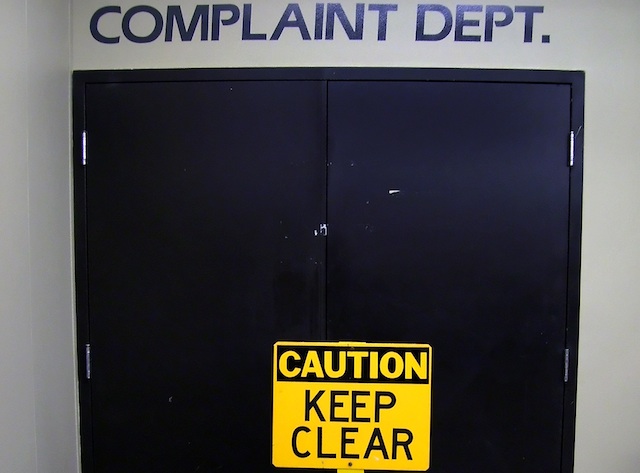Late last year an event organiser recounted how she’d been told to only approaching Microsoft for event sponsorship if the occasion was related to mobile telephony as “all of our marketing budgets are focused on Windows Phone.”
So it wasn’t a surprise to read at the beginning of this year that Microsoft were allocating $200 million for marketing Windows Phone in the US alone.*
The Consumer Electronics Show is the high temple of tech journalism with thousands flying in from around the world to breathlessly report on the latest wide screen gizmo or mobile device
At the 2010 show, 3D television was going to be the big consumer item while at the 2011 event it was going to be Android based tablets that were going to crush the Apple iPad.
Despite the millions of words written and spoken about these products, both flopped. So it was no surprise we were going to see plenty of coverage of Microsoft given the budgets available and it being the last time Microsoft’s CEO, Steve Ballmer, would give the CES keynote.
Microsoft’s CES publicity blitz kicked off with a rather strange profile of Microsoft’s CEO in BusinessWeek which if anything illustrated the isolation and other worldliness of the company’s senior management.
The PR blitz worked though with Microsoft tying for first place in online mentions during the show according to the analytics company Simply Measured.
After the show the PR love for Microsoft continues with Business Insider having a gorgeous piece about why Windows Phone will succeed and criticising tech blogger Robert Scoble’s view that the mobile market is all about the number of apps available.
Scoble replied on his Google+ page explaining why apps do matter and adding that most of the people he meets hate Windows Phones, the latter point not being the most compelling argument.
The most telling point of Scoble’s though is his quoting Skype’s CEO that they aren’t developing an app for Windows Phone as “the other platforms are more important, so he put his developers on those”.
Microsoft spent 8.5 billion dollars buying Skype and intends to lay out over $200 million promoting Windows Phone. Surely there’s a few bucks somewhere in those numbers to pay for a few developers to get Skype functionality on the new platform.
Since writing this, Robert Scoble has issued a correction from the Skype CEO stating a version is being built for the next version of Windows Phone
The fact Microsoft can’t organise this seems to indicate not all senior executives share the vision for Windows Phone. It’s difficult to image Google or Apple having this sort of public dissent on a key product.
Management issues aside, Microsoft’s real problem are they are late to the mobile party and don’t have anything to gain attention.
There’s nothing wrong about being late to the party – Apple were late to enter the MP3 player, smart phone and tablet markets – but in each case they bought something new that changed the sector and eventually gave them leadership of each sector.
With Windows Phone, there’s so far little evidence Microsoft are going to deliver anything radically new to the sector. With Apple’s iOS and Android dominating, it’s going to be a tough slog for Microsoft and they are going to have to have to carefully spend every cent of that big marketing budget.
At least Microsoft’s PR team is doing a great job, the challenge is for the rest of the organisation to sell it as well.
*As an aside, it’s interesting the author of that article about Microsoft’s marketing budgets boasts how he “been sitting on this information for weeks so that Microsoft can make its big announcement at CES this coming week”. It’s good to know where Paul Thurrott thinks his responsibilities lie – certainly not with his readers.




